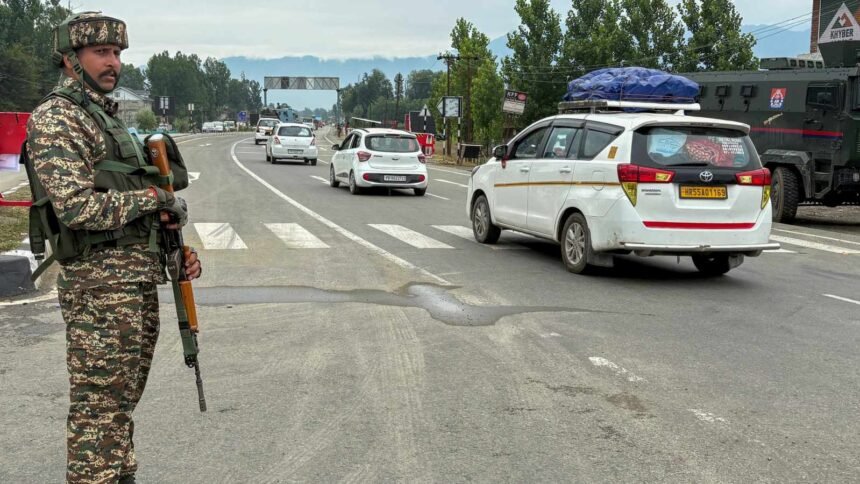This year’s Amarnath Yatra is the most heavily fortified since the abrogation of Article 370 in August 2019, with a sharp increase in troop deployment and the use of anti-drone and air defence systems, among other heightened security measures, security sources told The Indian Express.
The yatra was cut short by nearly two weeks in 2019 due to security concerns. In 2020 and 2021, it was cancelled due to the COVID-19 pandemic. This year’s extensive security arrangements follow the deadly terrorist attack in Pahalgam on April 22. Two weeks later, India launched Operation Sindoor to dismantle terrorist infrastructure in Pakistan.
According to officials, the Army has undertaken a series of security initiatives, including increased deployment of troops in higher reaches, intensified patrolling in neighbouring valleys, and the deployment of both anti-drone and air defence systems.
Extensive surveillance and monitoring measures are in place, using satellites, unmanned aerial vehicles (UAVs), and a network of radars.
A multi-layered deployment of security forces has been established along both routes to the Amarnath shrine. The Army is responsible for securing the periphery, higher reaches, and areas inaccessible by vehicles or on foot. The two routes to the holy cave are: the northern route via Baltal in Kashmir and the southern route via Pahalgam, which is longer and more time-consuming
Police and paramilitary forces are deployed in population centres and positioned close to the pilgrimage routes. A total of 581 Central Armed Police Forces (CAPF) companies are available for deployment during the yatra.
Each route is managed by one Rashtriya Rifles battalion, with around two battalion-strength units deployed per route. A battalion typically comprises 1,000 to 1,200 troops. The Army’s Special Forces and air defence units are stationed at key locations along the routes.
Story continues below this ad
Joint control rooms, comprising personnel from the Army, police, paramilitary forces, and civil administration, have been set up along each route to ensure coordination and enable swift responses to contingencies.
“No-fly zones for aircraft and drones have already been enforced. All approaches to the yatra routes and nearby valleys are under constant surveillance,” an official said.
“There is frequent patrolling by troops, and multi-tiered security checks are conducted on all individuals,” the official added, noting that there are restrictions on carrying certain equipment, including small drones.
“Along the vehicle routes, strict schedules are enforced for yatra convoys and civilian traffic to avoid any overlap,” the official said.
Story continues below this ad
The yatra commenced on July 3 and will continue until August 9. More than 1 lakh devotees have visited the cave shrine of Amarnath in the first six days of the annual pilgrimage, Jammu and Kashmir Lieutenant Governor Manoj Sinha said on Tuesday.








